Protein and cycling after 40: why your needs change (and how to adjust them for better performance)
When we talk about cycling performance after a certain age, let's say 40 years, the loss of power, fatigue, pain, or decrease in muscle mass is almost always mentioned as something inevitable. But there is a silent and fundamental factor that explains much of this decline: the body no longer uses protein the same way it did before.
Age changes how we use protein
From a certain age, we need more protein, better distributed and of higher quality to maintain strength, recovery, and the ability to generate power on the bike. Here we explain why this happens, how much protein you really need, and how to organize your nutrition to keep performing as you want.
As we age, the body experiences what is known as anabolic resistance: a reduced ability to use dietary protein to build and repair muscle. Previously, a normal meal and a training session could easily activate muscle protein synthesis; now, the stimulus is weaker.

RECOMENDADO
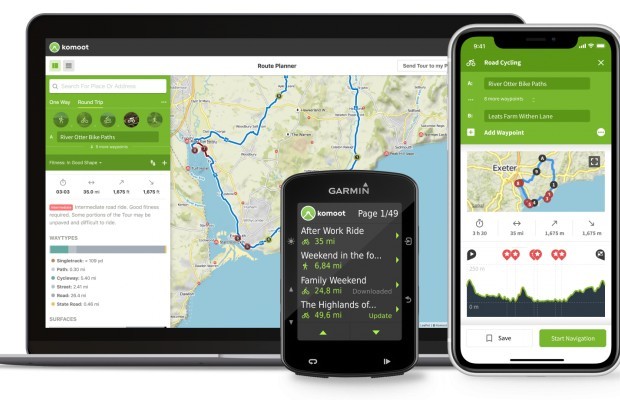
The best apps for cycling and mountain biking
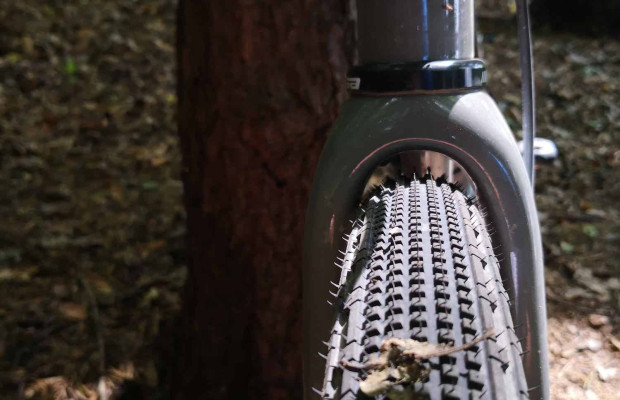
Why wider tires in gravel are faster
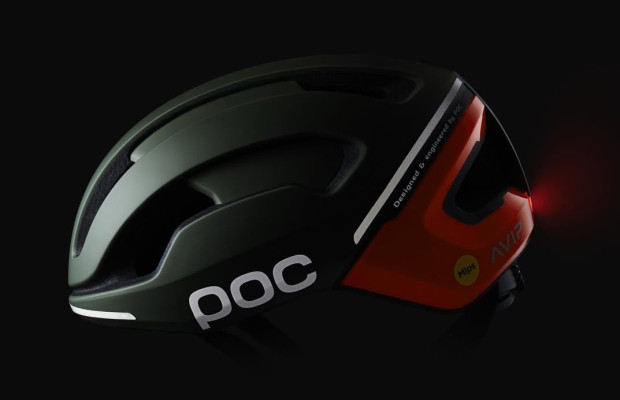
Black Friday 2025 cycling bargains: save on Garmin, POC, Maxxis and more
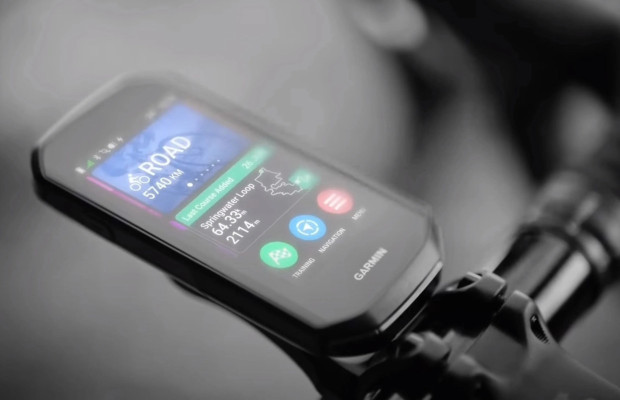
Black Friday Garmin 2025: the ultimate guide to choosing your GPS at the best price
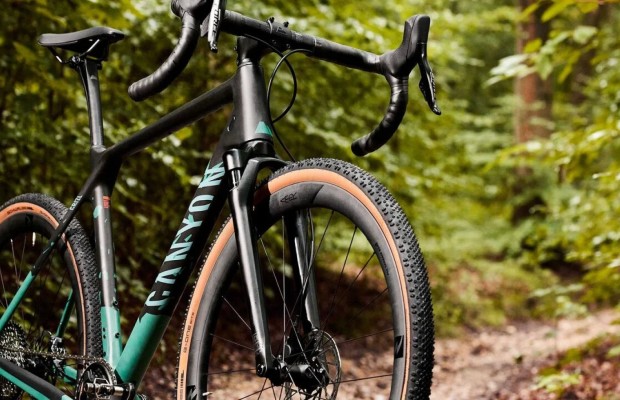
Do you need suspension on your gravel bike?
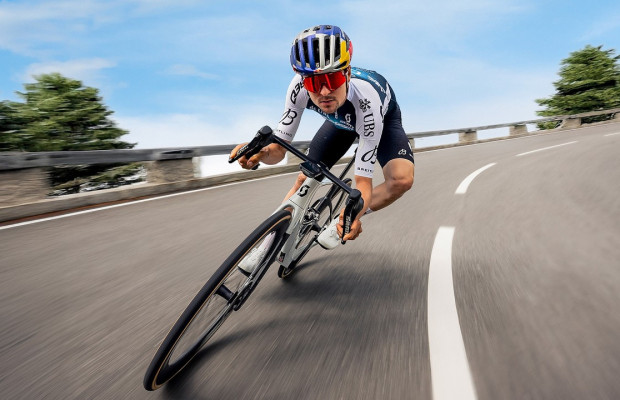
Countersteering, braking and cornering: the basics to improve your cornering skills
In this section, we analyze why this phenomenon occurs, how it affects cyclists, and why a nutritional adjustment can make the difference between losing power or continuing to improve even after 40.
From 40-45 years old, this anabolic resistance causes muscles to respond less to the stimulus of exercise and protein. This translates into two clear needs:
- you need more protein per meal to activate muscle building;
- you need to distribute it better throughout the day, avoiding large spikes in a single meal.
If you don't do this, your body will start to lose muscle mass even while training, something that directly affects cycling performance.
Why this matters especially for cyclists
This section explains simply and directly why cycling—as an endurance sport with high energy expenditure—is especially sensitive to these age-related changes. Here it is important to understand that it is not just about "losing power," but how the lack of muscle mass affects posture, stability, and the ability to endure long hours on the saddle.
Cycling is a sport that burns muscle. Hours of pedaling, a repetitive movement, and the predominance of aerobic work make it more difficult to maintain muscle mass over the years if there is not enough protein. Additionally, the posture on the bike does not optimally stimulate the trunk and back muscles, so any protein deficit is felt sooner than in other sports.
For older cyclists, more protein means:
- more sustainable power,
- less fatigue in the lower back,
- lower risk of injury,
- and better recovery between training sessions.
How much protein do you really need after 40?
Before, it was enough to follow general recommendations, but science has radically changed this view. This section explains why requirements increase, where these figures come from, and how to apply them according to your training level.
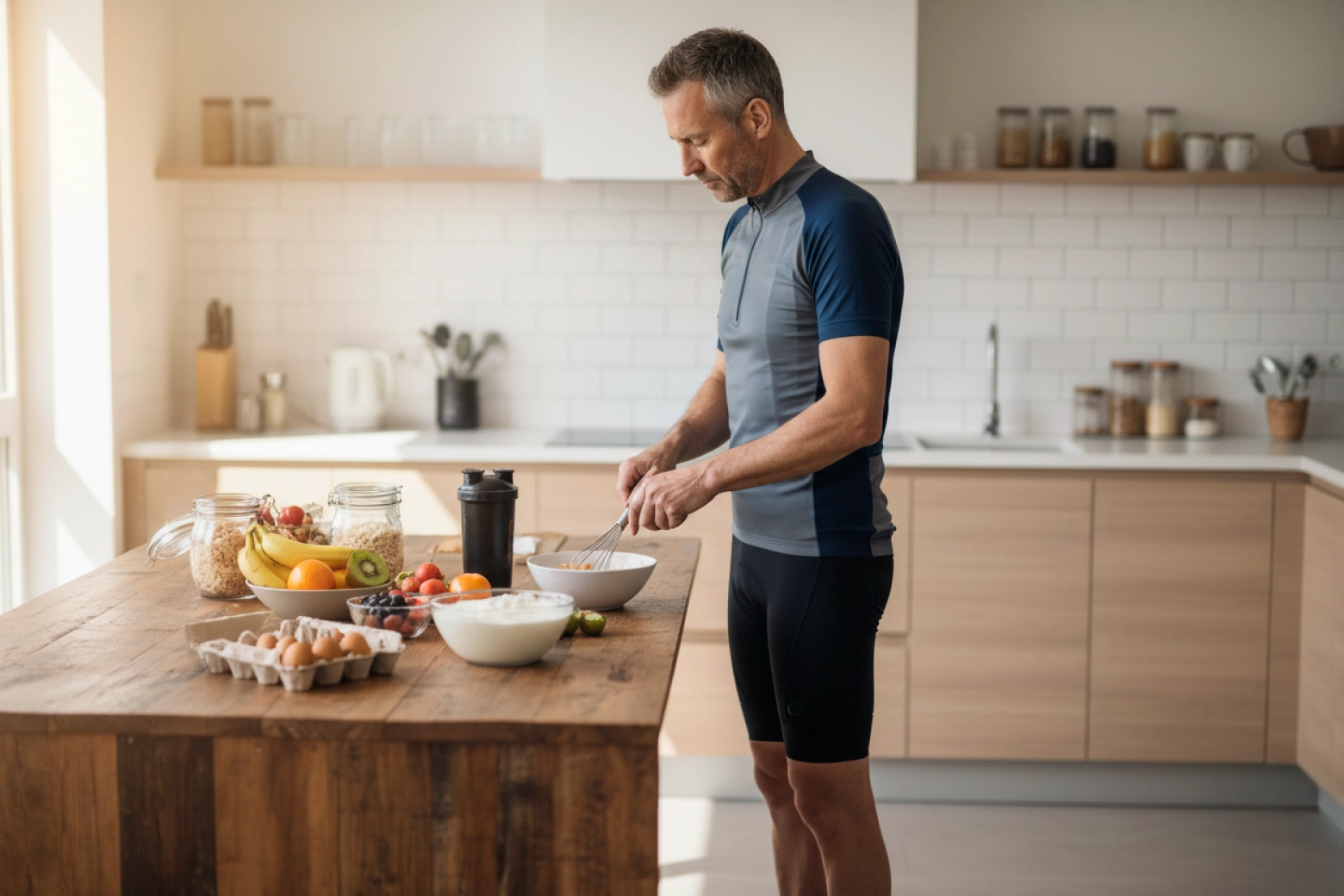
The classic recommendations of 0.8 g/kg per day are insufficient for anyone physically active over 40. It is now known that a cyclist of this age needs more protein to counteract anabolic resistance and maintain muscle mass.
The updated figures are:
- 1.2 to 1.6 g/kg/day for recreational cyclists or those with regular training;
- 1.8 to 2 g/kg/day when combining cycling with strength, high intensity, or competition.
This means that a 70 kg cyclist should consume between 85 and 120 g of protein daily, evenly distributed across main meals.
Distribution matters more than total amount
Here we explain that it is not enough to reach the daily total: what is crucial is how protein is distributed. The concept of the threshold per meal is introduced, the importance of avoiding poor breakfasts and excessive dinners, and how this directly affects muscle synthesis.
Unlike what happens with carbohydrates, protein does not work by accumulation; it works by "pulses." Each meal must exceed a minimum threshold to activate muscle protein synthesis. If it does not reach it, that meal "does not count" from a recovery standpoint.
This minimum is between 25 and 35 g of protein per meal, ideally three or four times a day.
Therefore, the typical pattern of "poor breakfast, normal lunch, abundant dinner" is not only ineffective: it is counterproductive for older cyclists.
What type of protein is best for older cyclists?
This section introduces the classification and explains why not all proteins are equal. Before going into specific examples, it is important to contextualize: the goal is not just to reach a number, but to consume sources that provide leucine, essential amino acids, and good digestibility.

There are different types of protein, and not all stimulate recovery in the same way. The best options depend on both their nutritional quality and their ability to activate muscle protein synthesis.
Animal protein
High in essential amino acids and very rich in leucine, meaning it is very effective for activating muscle repair. Eggs, Greek yogurt, fish, or lean meats are perfect options for older cyclists.
Plant protein
Healthy and effective, but needs a good combination (legumes + cereals, tofu + nuts) to achieve the same anabolic response.
Protein powder
Very useful post-training or on loading days. Whey protein is the fastest; casein is ideal at night because it is absorbed slowly; and plant proteins can be a good alternative in dairy-free diets.
How to organize a perfect protein day for a cyclist over 40
Before providing specific examples, here we see the importance of structuring protein intake around training and key meals. That is, why a "well-distributed" day is more effective than one with a lot of protein only at night.
The key is that each main meal provides enough protein and that the first of the day is not poor. If you adjust this, your recovery and energy on the bike will improve significantly.
Breakfast (30-35 g)
Omelettes, high-protein yogurt, smoothies with whey or tofu, oatmeal enriched with egg whites, etc.
Lunch (30-35 g)
Fish, chicken, legumes combined with cereals.
Dinner (30 g)
Fish, eggs, or well-combined plant proteins.
Before bed (optional, 20-25 g)
Casein, natural yogurt, cottage cheese.
And on days of intense training, what changes?
Here we will explain that timing matters more when training includes intensity or strength. The importance of post-training, the recovery window, and how to optimize protein intake to avoid accumulated fatigue.
On days of intervals, strength, or long rides, protein plays a more immediate role:
- Immediate post-training: 20-30 g of rapidly absorbed protein.
- More complete main meals: add 5-10 g extra.
- Balanced dinner: enough protein to repair muscle damage.
It is also essential that protein is accompanied by carbohydrates to maximize recovery.
What happens if you don't adjust protein as you age
Many times, cyclists blame age when the problem is nutritional. When protein is not adjusted to new needs, the body cannot repair muscle as it did before. The result is a progressive deterioration that has nothing to do with age, but with the lack of nutritional stimulus.
Typical signs:
- loss of strength,
- slow recovery,
- joint pain,
- less power on climbs,
- lower back fatigue,
- poorly controlled descents.
All of this can be reversed by adjusting protein and training.
Strength is the other pillar: protein without stimulus doesn't work
Protein is only part of the process. The other part is strength training, without which the body cannot properly use the extra protein. Protein is the raw material, but strength is the signal that tells the body what to do with it.
From 40 onwards, strength training is essential to maintain muscle mass and power. Ideally, perform 2-3 weekly sessions, focused on multi-joint exercises: squats, lunges, deadlifts, pushes, and pulls. Without this stimulus, protein alone will not be enough.
The goal of every cyclist over 40 is not to fight against time, but to adapt to it intelligently. Protein is a strategic tool to maintain strength, power, and enjoyment on the bike.
If you adjust your needs, distribute meals well, and accompany nutrition with strength, you can continue to improve for years, without losing the essence of what you love most: pedaling.